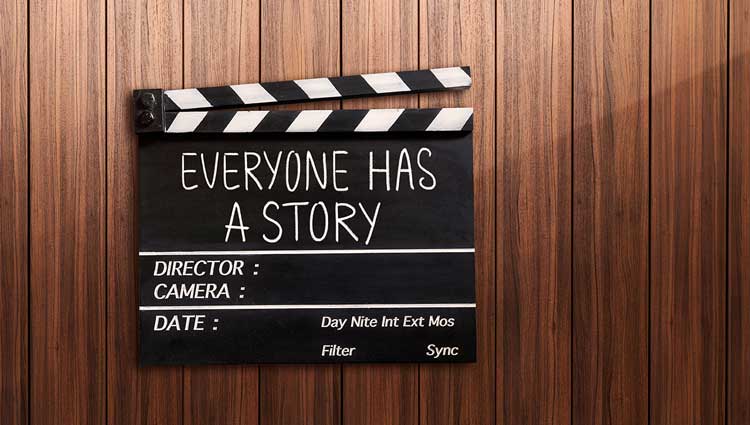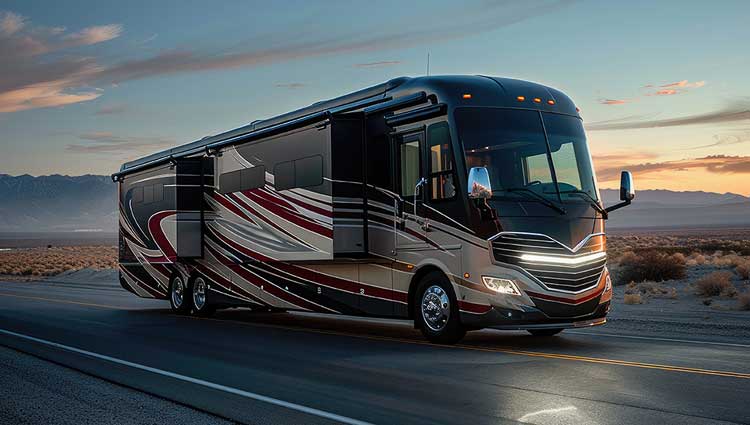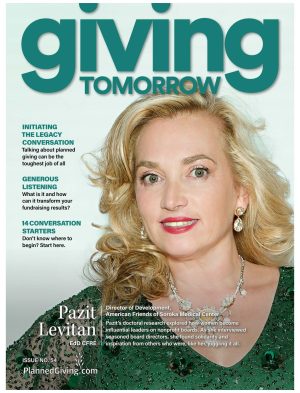Why Aren’t You Using Them to Their Full Potential?
First-hand accounts back it up. The data proves it. And numbers don’t lie. Yes, donor stories work.
But despite hearing over and over again that donor stories move and sell prospects, they still remain one of the most under-utilized tools in planned giving.
I said it in 1999, and no one listened. Backed by studies, I repeated it again in 2011. Again in 2022. Still, (almost) no one listened. Dr. Russell James has shouted it from the rooftops hundreds of times … still, almost no one listens.
A Mountain of Evidence for Donor Stories
It’s baffling to me that very few fundraisers are taking full advantage of this powerful “donation motivator” despite a mountain of evidence that it works.
Among the believers using it successfully are Gary Bukowski, CFRE, Associate Vice President of Development at Sarah A. Reed Children’s Center in Erie, PA.
Gary just told us about three stories that recently helped to bring in 125 donors and over $50,000. The stories the children’s center used inspired not just previous supporters, but new donors as well. And the use of stories has also initiated discussions about possible planned gifts.
“We send these stories out via snail mail and e-newsletters. We also place these stories in our thank-you letters and other correspondence to let people know what we are all about and get a better idea of the challenges these kids come to us with,” he says. “We get many comments about the stories, and while you don’t always hear what inspired a particular gift, in many cases we know a story has planted a seed of giving and made a difference.”
Gary says Sarah Reed also focused on stories during the COVID-19 period of March 2020-March 2023. “It was very difficult fundraising for me because it wasn’t face-to-face fundraising, but I knew we had to raise the boats; we had to enhance our technology for the children—technology that was woefully inadequate,” he says. “By combining stories with our efforts, we set a goal of $250,000 … and raised over $327,000 from 224 donors who gave 397 gifts. The range of gifts was from $39,000 to $5, with some potential planned gifts for the future.”
Sarah Reed has even had instances where a parent discovers the center through a story and brings their child there for help, he says. “Recently, one mother became aware of us and sent her child here and then became a donor, providing cash and in-kind gifts for our kids. Another parent gave us a generous gift to provide gas cards to parents so they could visit their kids, since they were coming from the far end of the state to make those visits … in the last 8 years we have had children come here from 54 of the 67 counties within the Commonwealth.”
Effective. Engaging. Energizing.
At Sarah Reed and others, legacy giving donor stories are among the most effective ways to reach and engage with your audience. They motivate others to give, generate second-time (and beyond) gifts, and increase annual giving, too. They have power.
Your donors want to make a difference. They want to be a key part of your winning team. That’s why, as Gary shows us, it’s important to have a system in place to pursue, record and share their stories.
The problem, for most fundraisers, is finding the time to do it and do it well. Donors are always happy to talk … and talk, and talk, and talk … when you ask them, “What’s your story?”
That’s a good thing. As long as you have plenty of time and resources to collect them, write them, edit them, and revise them.
And if not … that’s where we come in. Our Donor Story Services are an affordable way to harness the power of your donors’ stories and turn them into inspiration for other supporters. We know how to conduct an interview and keep it on track; ask the right questions; find the heart of a story; and add the details to make it really stand out.
If you’re not using donor stories, you’re missing out. Period.
The question, then, is with all the evidence that storytelling works … why aren’t you doing it yet?






